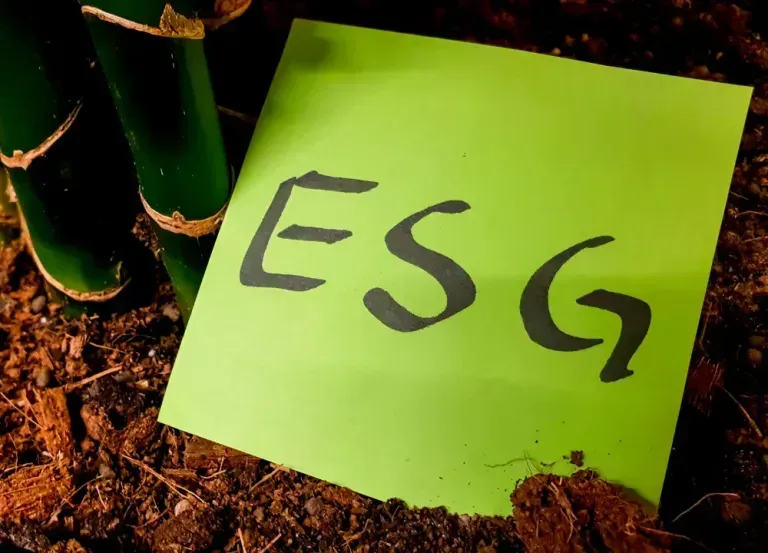Quite rightly environmental, social and governance (ESG) concerns have been moving up the business agenda in recent years, with recent energy price increases being one example where there can be a financial benefit to adopting a ‘greener’ stance.
One way for businesses to reduce their energy costs is to improve their operational processes, by reducing or even by removing those which don’t provide value to the business or customer – what is known by Lean Process Improvement as muda or waste. Streamlining business processes also reduces the organization's environmental impact by reducing CO2 footprint.
How much energy does an email query take?
We start by establishing a baseline for energy usage in terms of a single customer service enquiry – say an email – but this is not just about the IT cost of transmitting the email and storing it afterwards. There’s the wider cost of performing the customer service process which processed the enquiry – the energy consumed whilst an agent reads and understands the customer’s enquiry, actions a resolution, then authors and sends a response, for example. In addition, our baseline should also make an allowance for the recipient to at least read the agent’s email.
On average, it takes 4.9 minutes to handle a customer service interaction. An email which takes 10 mins to write and 3 minutes to read can create up to 17g of CO2, so if we halve these figures we get close to our AHT of 4.9 minutes to author an email, for a carbon cost of 8.5g CO2e. Sending 1 million emails of this nature per year could equate to 8,500kg of CO2, which is equivalent to the average annual emissions of 5 cars in the UK .
How to improve customer service and reduce energy:
- Discontinue processes which no longer provide value to either your business or your customer. Are you producing MI reports which no-one reads, for example?
- Fully automate whole processes where possible for example Where Is My Order (WISMO) enquiries.
- Digitize processes where appropriate – incentivizing your customers to go paperless, for example.
- Use proactive notifications to avoid customers chasing for status updates.
- Look for processes where steps or tasks can be automated. Need to trigger an action off the back of a customer service enquiry? Automate rather than re-key.
- For processes or process steps which can’t be automated, increase agent efficiency by improving enquiry context, knowledge discovery and response composition.
- Reschedule workloads where possible to take advantage of cheaper or more renewable energy such as archiving enquiry data overnight.
Carbon-offset your remaining workloads e.g. by integration to a Reforestation as a Service API. Here at Lokulus, our consultancy team is experienced in helping businesses achieve their customer service process improvement objectives. If you’d like to learn more about how our consultancy and technology have helped our clients, and can help you to improve the efficiency of your contact centre, please get in touch with us at sales@lokulus.com.
